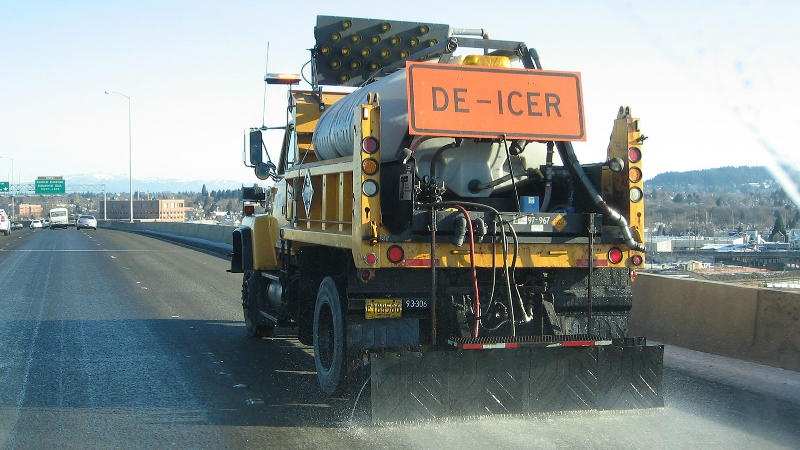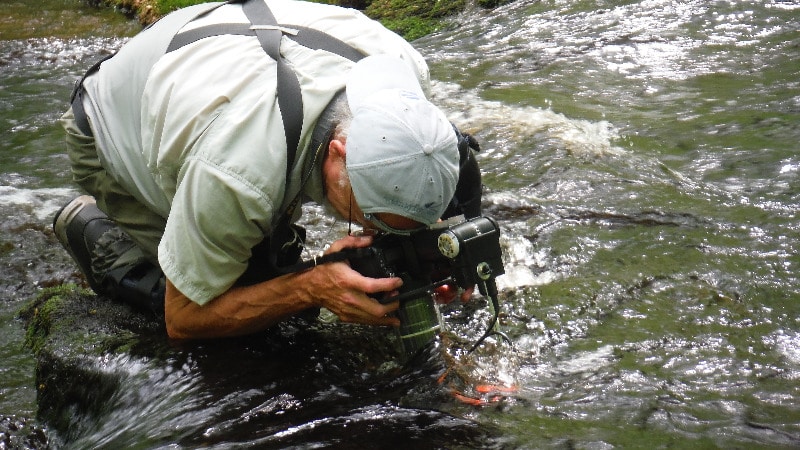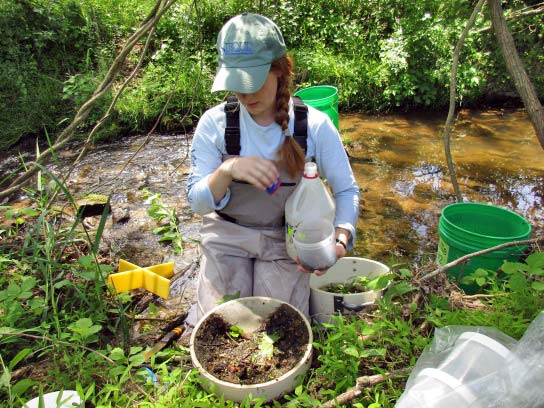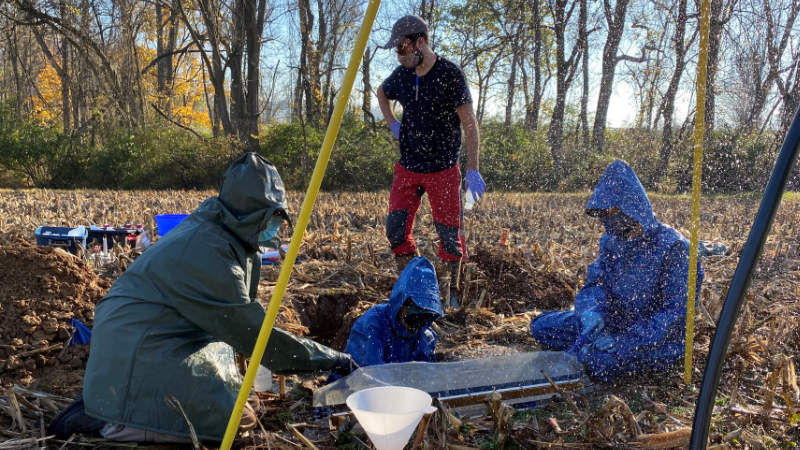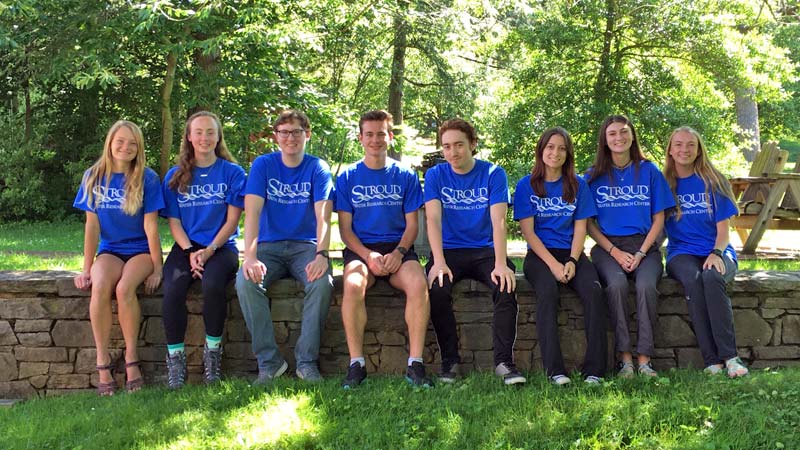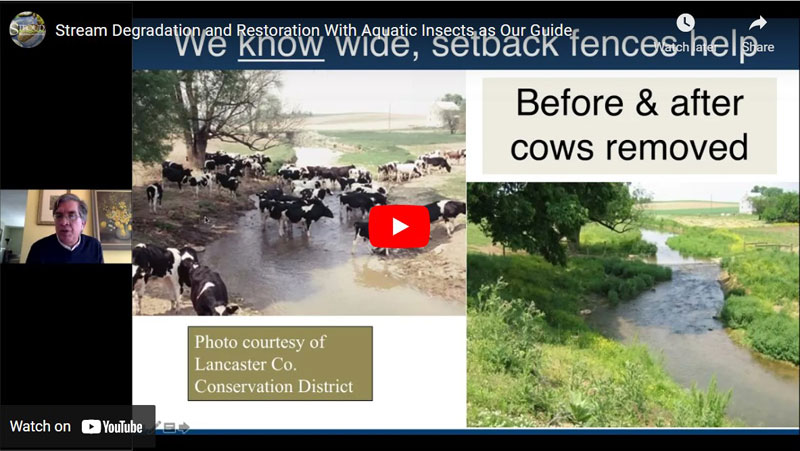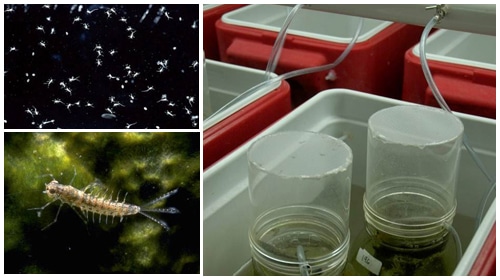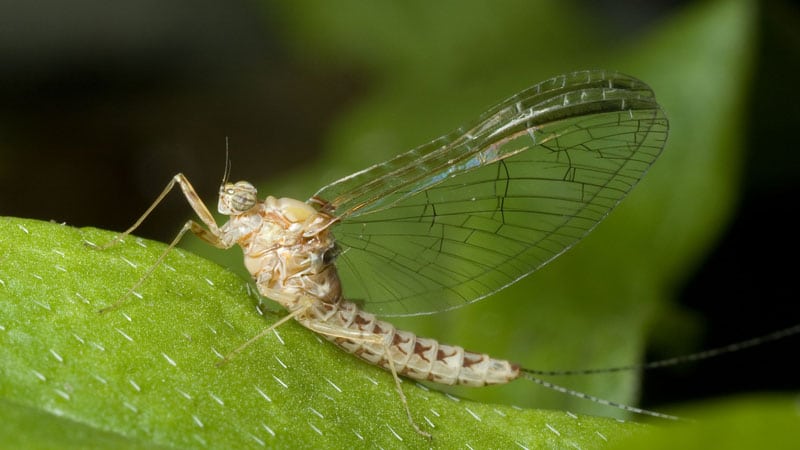Radio Times Explores the Growing Risks to Fresh Water From Road Salt
https://stroudcenter.org/wp-content/uploads/salt-truck-applying-brine.jpg 800 450 Stroud Water Research Center Stroud Water Research Center https://stroudcenter.org/wp-content/uploads/salt-truck-applying-brine.jpgTune into Radio Times on NPR as Stroud Water Research Center Senior Scientist John Jackson, Ph.D., discusses the true cost of winter weather road salting.

